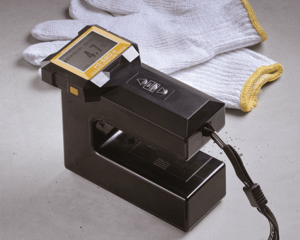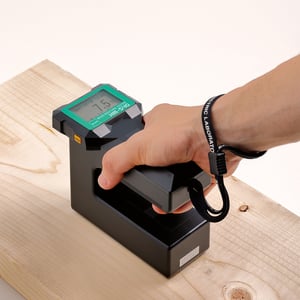 For quite some time, wheat farmers would take their freshly harvested crops to market instead of drying and storing them. This is largely because it takes quite a bit of time to properly dry and manage wheat for long-term storage, and if there’s one thing that farmers have in short supply, it’s time.
For quite some time, wheat farmers would take their freshly harvested crops to market instead of drying and storing them. This is largely because it takes quite a bit of time to properly dry and manage wheat for long-term storage, and if there’s one thing that farmers have in short supply, it’s time.
However, taking the time to dry and store newly-harvested wheat results in a higher-quality product — compared to wheat that has been rewetted with dew and rain while it dries in the field. Wheat left to dry in the field becomes compromised, so farmers who are looking to produce a first-rate crop that sells at a higher price will choose to store and dry their wheat harvest on the farm through a process referred to as market management.
Market management can help farmers bring in top dollar for their wheat crops. But these crops need to be maintained at the right moisture levels to ensure quality and prevent spoiling.
Moisture Discrepancies: Harvesting Versus Storing Wheat Crops
The ideal moisture content at which to harvest wheat is between 18% and 20%. Why is this? This moisture level preserves the quality of the grain while also allowing growers the time for earlier double-crop planting. At this moisture level, farmers ensure maximum wheat production and double-crop yields of soybeans or corn the next season.
The problem? This is far above the ideal moisture content to sell wheat at the best price shortly after harvest, which is a moisture content of 13.5%.
And if farmers plan to store wheat for a year or longer, the moisture content should be decreased even further to 12.5%.
This means that if farmers intend to harvest wheat at its optimum moisture content level, it must be further dried before taken to market or stored. More importantly, growers must ensure that their harvests are properly dried down to the correct moisture levels for two specific reasons:
- For immediate sale, farmers can get a better price for wheat harvests at the precise moisture level of 13.5%.
- To avoid spoilage of wheat that will be stored for long periods. Too much moisture and the entire silo can spoil, and farmers forfeit their hard work — and their profits.
The Solution: An Accurate Moisture Meter
Before it’s ready for harvest, wheat reaches full maturity at 30% to 35% moisture, and then it must dry down before harvest. This happens fairly quickly, at a rate of 2% to 3% moisture per day. Wheat drying in the field at 30% moisture can be ready to harvest in less than one week.
In the field, it’s important to monitor these moisture levels. Farmers operate on tight margins, which means the difference between a great harvest and lost profit can be as simple as an extra day and a heavy rainfall. Growers should keep tabs on moisture levels with the portable PM650 Instant Grain and Seed Moisture Meter. Ideal for field testing of wheat grain, farmers can get truly accurate readings of grain without pre-processing, husking, and grinding samples. This also reduces the time needed for a test cycle, making it faster and simpler to test multiple samples.
After harvest, moisture content accuracy is just as important. The difference of a few tenths of a percentage point can make all the difference in a well-dried, market-ready, profitable harvest or a crop that’s ready for storage. The PQ520 Single Kernel Grain & Rice Moisture Meter allows for continuous moisture measurement and overall consistency of reading, one kernel at a time, to determine the moisture distribution of a large sample in minutes.
At any stage of the wheat harvesting, drying, and storing cycle, Kett has the sophisticated, laboratory-caliber test equipment you need to ensure a successful crop. For decades, we’ve been helping farmers around the world make the most of their hard work with accurate moisture readings and intuitive, easy-to-use equipment. To learn more about the equipment that can help you from field to farm to market, contact us today!


